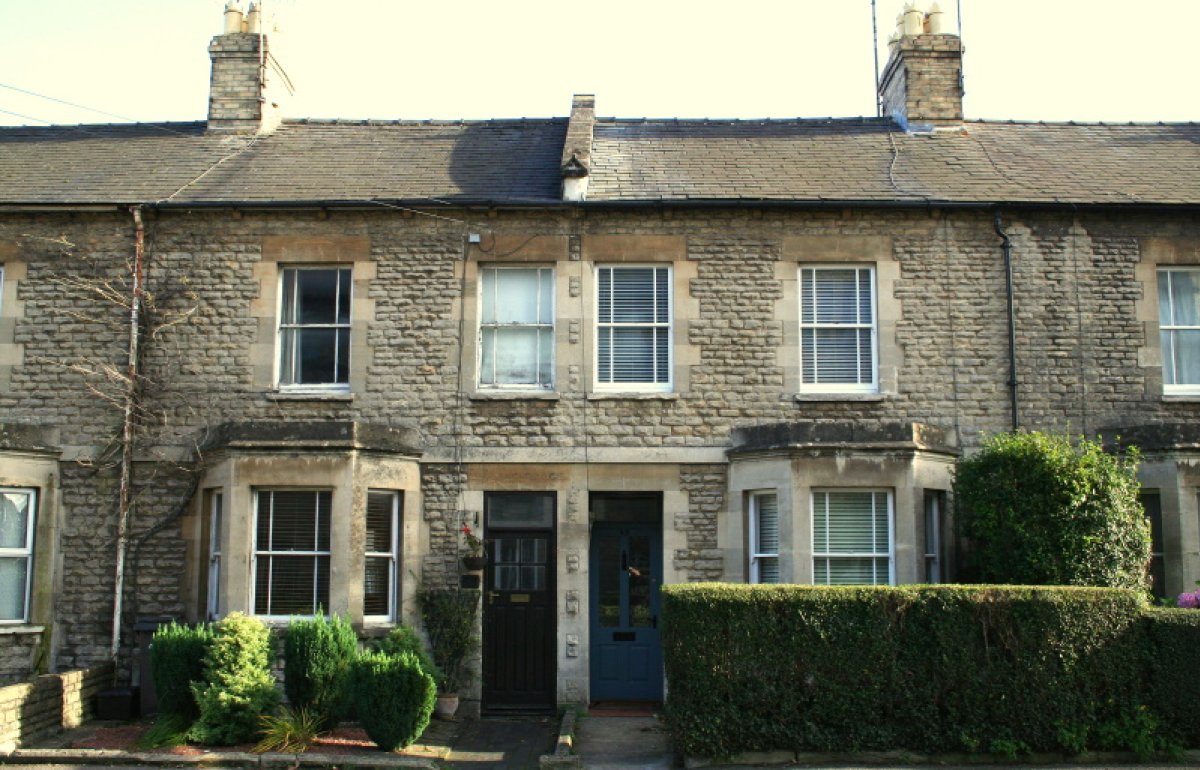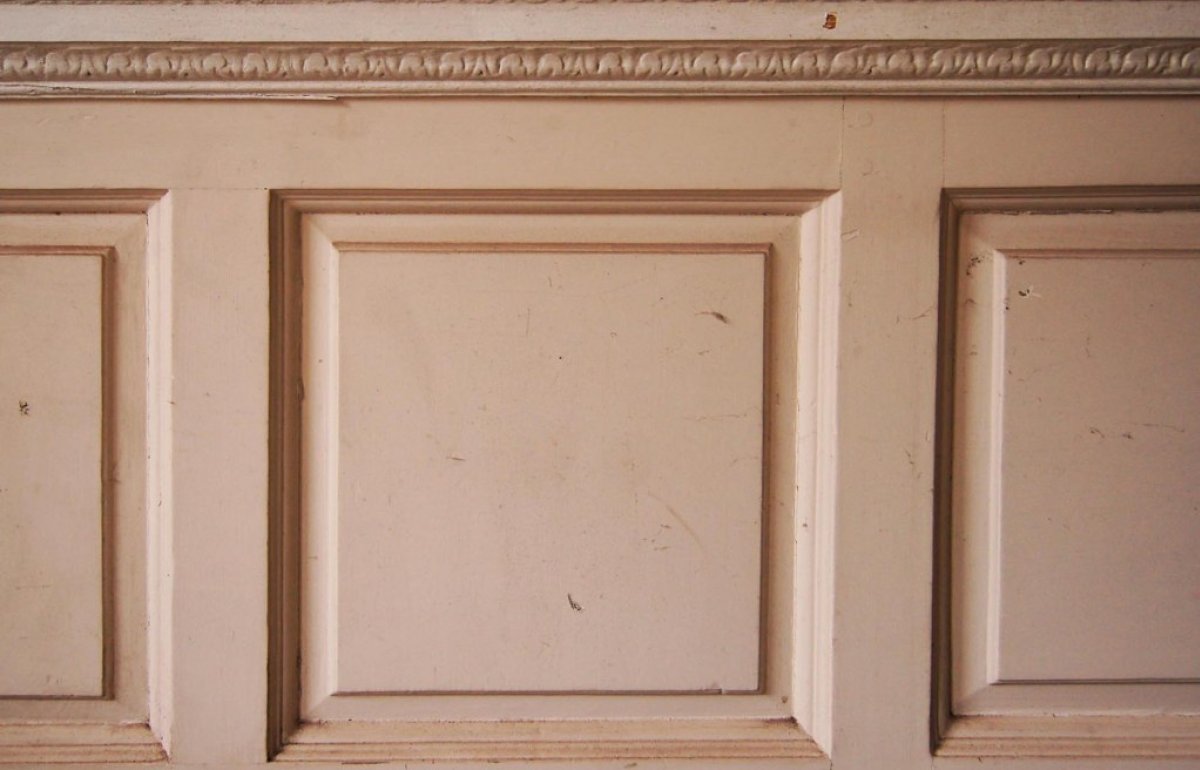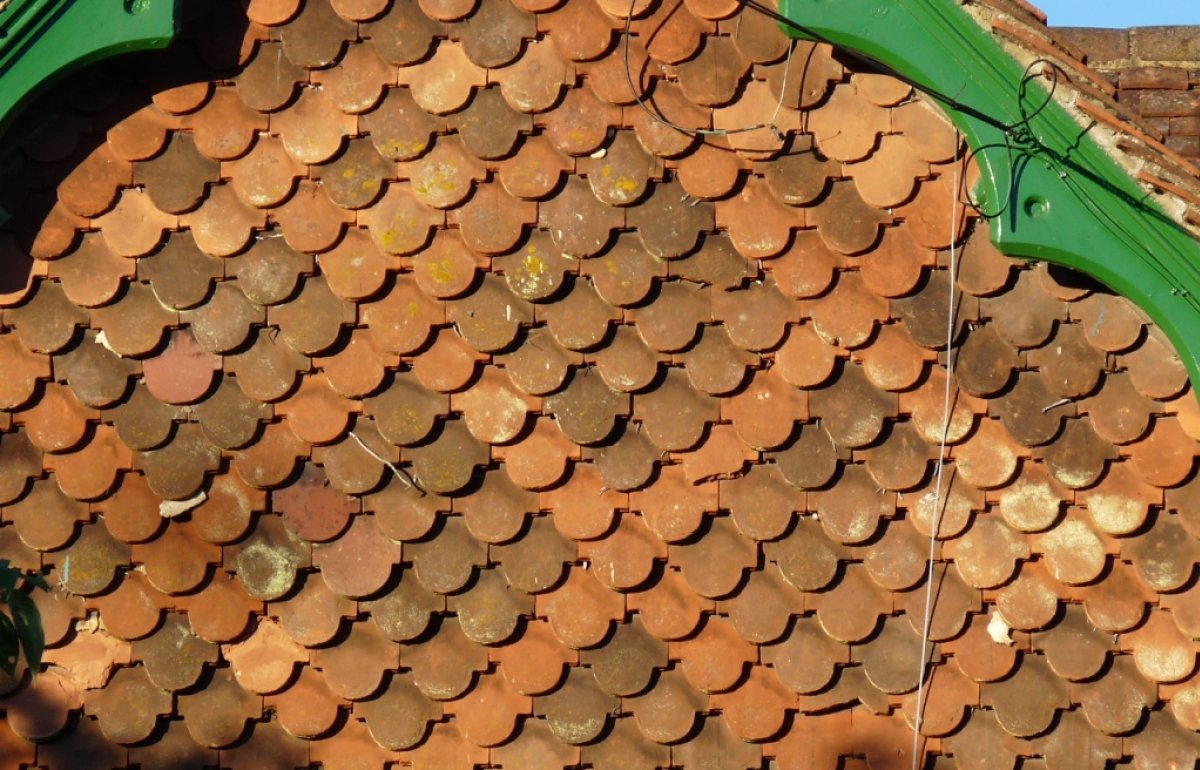Leaded lights
What is a leaded light?
Authentic leaded lights are windows comprising small panes of plain or decorative glass set within matrices of H-section lead strips (‘cames’). Compared to medieval leads that were cast in moulds and commonly bear uneven surfaces from being shaved to size, later milled or extruded leads are lighter and of more regular profile. Cames are fitted either within frames or directly into openings in walls. Thin metal bars (frequently framed together to form ‘ferramenta’) are generally installed across all but the smallest openings for support and security. Glazed panels are fixed to the bars with lead strips, copper wire or metal wedges.
What should I do with a distorted leaded light?
Minor undulations can enhance the visual appeal of an old window – in fact, with ‘Bombay glass’ the unevenness is deliberate. Slightly distorted but firm windows may, therefore, be left undisturbed.
More serious deflection, however, admits rainwater, fractures cames and cracks glass. Panels are sometimes straightened in situ (by reattaching broken ties, for example) or temporarily removed and laid flat under an even load. Copper patches can be adhered to fractured cames. The most extreme cases could justify some releading or perhaps, with very important glass, a protective glazing system. Additional supporting bars may be required. Severe distortion may indicate a structural problem.
How do I remedy a leaking leaded light?
Excessive moisture harms historic glass. Establish that leakage rather than condensation is the source and whether it indicates a more significant underlying problem.
Sometimes leaks are rectified by repairing joints that have opened between glazed panels or around the window perimeter. Not infrequently, leaks occur between the glass and cames due to decomposition of the glazier’s cement (traditionally a mix of linseed oil, whiting and other ingredients). Successful regeneration of the old cement in situ has been reported using several applications of a 50:50 boiled linseed oil: turpentine mix brushed on and left to be absorbed.
What does releading a leaded light involve?
Releading entails removing a leaded light to replace cames. This should only take place when there is severe deterioration (such as corrosion) that cannot be addressed in other ways and not because a window is simply a certain age.
When releading, retain and reuse old cames wherever possible, along with components such as pierced lead ventilation grilles. Where replacement is unavoidable, the existing leadwork should be examined and recorded, noting, for instance, any milling marks on the hearts (cross-bars), including names or dates. New cames should usually match the type, size and profile of the existing ones.
How do I repair cracked or broken glass in a leaded light?
Small-scale damage to glazing in leaded lights can be addressed in situ by replacing cracked or damaged panes. The came flanges are lifted and the old glass removed, pieces of appropriate new glass inserted and the leadwork re-formed. (Glass will be the subject future advice on this website.)
Sometimes cracks are repaired using either a lead cover strip soldered into place and sealed with some blackened linseed oil putty or, alternatively, the insertion of a thin repair lead or copper foil with an adhesive backing. Cracked glass may also be resin-bonded together but requires external protection.
What other attention might leaded lights require?
Any metal bars and ferramenta are integral to a leaded light and should not be overlooked during maintenance or other work. As with metal window frames, their treatment generally involves derusting, priming and top-coating using a suitable rust-inhibiting paint.
Rust stains can irreversibly damage glass. Where the expansion of heavily corroded iron bars causes the masonry to fracture (ie ‘rust-jacking’), the ends of bars may be cut off and substituted (‘tipped’) with non-ferrous metal. Consider replacing low quality mild steel bars with stainless steel or bronze.
English Heritage (2012) Metals, Practical Building Conservation, Farnham: Ashgate Publishing Ltd
English Heritage (2011) Glass, Practical Building Conservation, Farnham: Ashgate Publishing Ltd



